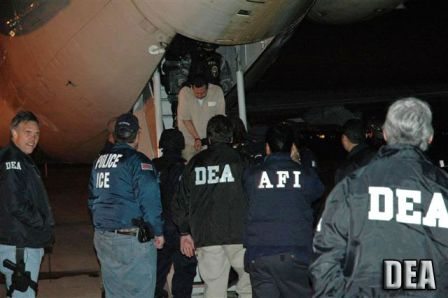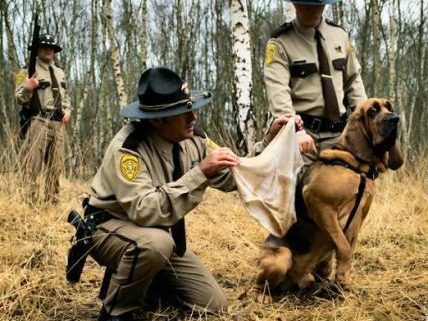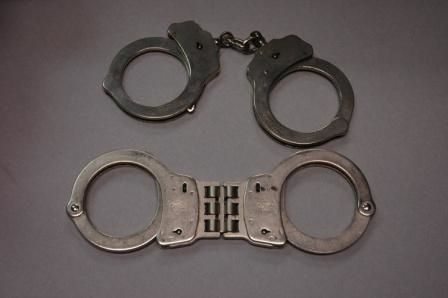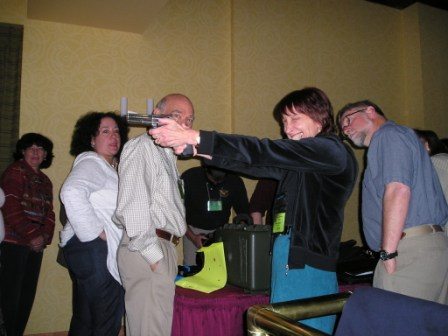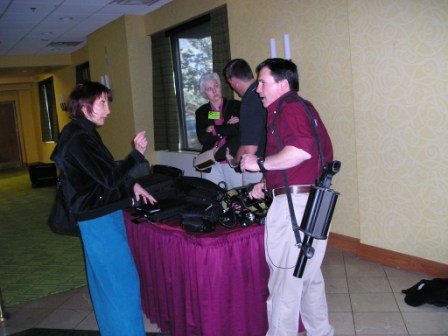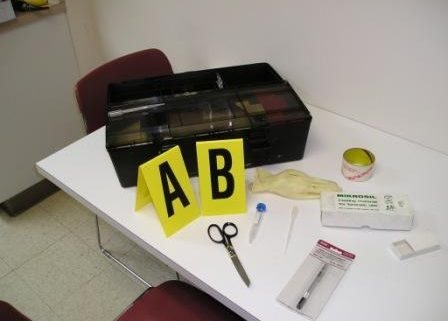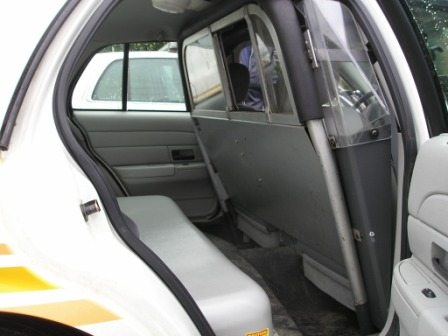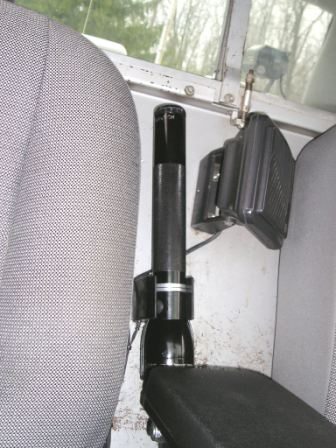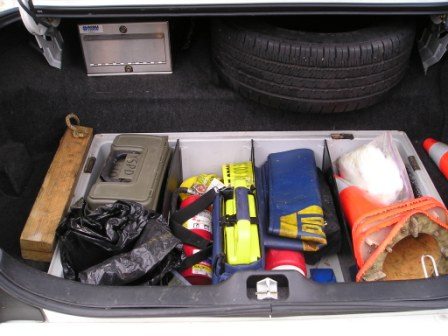The world of cops and robbers has a side that’s not always seen by the public. In fact, many cops don’t have the opportunity to see some of what their undercover counterparts are up to. The intelligence gathering devices used by police are pretty sophisticated, allowing the secret cops to safely conduct surveillance operations. Satellites and GPS technology have become as much a part of police work as pistols and patrol cars.
Spying on the bad guys has never been easier. Unfortunately, this technology has also made it easier for crooks to keep tabs on the police. Here’s a look at a few of the cool toys used in the Spy v. Spy part of law-enforcement:
The Tracking Key is a magnetic GPS tracking system that easily attaches to any vehicle. This particular device uses Department of Defense satellites to pinpoint the location of the target vehicle within 2.5 meters. It also records these locations for future reference. Users are also able to monitor the movements of their target from any PC or laptop. Uses 2 AAA batteries and is capable of tracking for up to one month with limited daily use. $300.00
The QickTrack (no, I didn’t spell this incorrectly) GPS tracking system attaches to any vehicle. The system is capable of hooking to any land line telephone or cell phone for real-time monitoring. By connecting the receiver to a cell phone the user can track the target vehicle while traveling in another car or truck. Capable of 40 hours of constant use. $1,300.00
Anti-Kidnapping Devices, such as the one pictured above, send out silent distress signals at the onset of trouble. The unit’s receiver tracks both UHF and VHF signals to zero in on the missing person. $1,500.00
Hidden Camera Locators are used to find almost any hidden camera, including pinhole cameras and camcorders. A quick sweep of a room with this device assures officers that it’s safe to proceed with their clandestine meeting. $2,500.00
No need to fret over hidden transmitters in your office and home ever again. This pocket-size mini-bug detector will locate each and every one. An audio tone lets you know when you’re close to the concealed device. Perfect for locating audio and video devices. $160.00
Tired of arch enemies constantly bugging your phone lines? Well, worry no more. This digital line guard is the perfect de-bugging device. It automatically senses and deactivates all listening devices, including those attached to fax lines. Makes a wonderful gift for that special someone. $700.00
Traffic tickets piling up in your mailbox? Does your nemesis find you by running your plate number through DMV? The solution to your problem could be this handy-dandy anti-photograph spray. A quick squirt on your license plate reflects camera flashes, sending them back to the cameras that sent them. The returning flash blurs the picture. This material will not wash off, ever. It’s also undetectable. $35.00
Here’s a link to a news video that shows real cops testing this product. It works, sometimes.
http://www.youtube.com/watch?v=-_e2BC_kXis
* * *
* Charlotte Daines – I accidentally deleted your email regarding police information for your book. Please contact me again. If anyone knows Charlotte please pass along my message.

